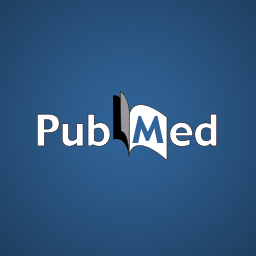
Preliminary insights on the relation between endometriosis, pelvic pain, and employment.
Author information
- 1
- Faculty of Psychology, Catholic University of Milan, Milan, Italy.
- 2
- Department of Clinical Sciences and Community Health, Università degli Studi, and Fondazione IRCCS Ca' Granda Ospedale Maggiore Policlinico, Milan, Italy.
Abstract
AIMS:
The economic burden of endometriosis and pelvic pain involves direct and indirect healthcare costs due to work loss and decreased productivity. However, the relation between endometriosis, pelvic pain, and employment remains underinvestigated. This study aimed at providing preliminary insights into this topic.
METHODS:
We compared the employment status (having vs. not having a job) in 298 consecutive endometriosis patients and in 332 women without a history of endometriosis (control group). We also examined the association between pelvic pain and employment status.
RESULTS:
Women with endometriosis were less likely to be employed compared to women without endometriosis (OR 0.508; 95% CI 0.284-0.908; p = 0.022). Women with symptomatic endometriosis were less likely to be employed relative to controls (OR 0.345; 95% CI 0.184-0.650; p = 0.001), as well as to asymptomatic endometriosis patients (OR 0.362; 95% CI 0.167-0.785; p = 0.01). No significant differences emerged between asymptomatic endometriosis and the control group (p > 0.05). Greater severity of dysmenorrhea, dyspareunia, chronic pelvic pain, and dyschezia was found in unemployed endometriosis patients (vs. employed endometriosis participants).
CONCLUSION:
Endometriosis symptoms may significantly affect women's professional life, with important socioeconomic, legal, and political implications. Community-based participatory research is encouraged.
© 2018 S. Karger AG, Basel.
KEYWORDS:
Employment; Endometriosis; Endometriosis symptoms; Impact of endometriosis; Pelvic pain
- PMID:
- 30380545
- DOI:
- 10.1159/000494254
Dr. K's Comment:
Occasionally we come across studies like this which can be very personal to our patients. Typically, public health studies look at the overall cost burden of a disease for the region, country or world. This study showed that the likelihood of unemployment in patients with endo is doubled the likelihood of unemployment in patients without endo. When you put it this way, it becomes personal.
